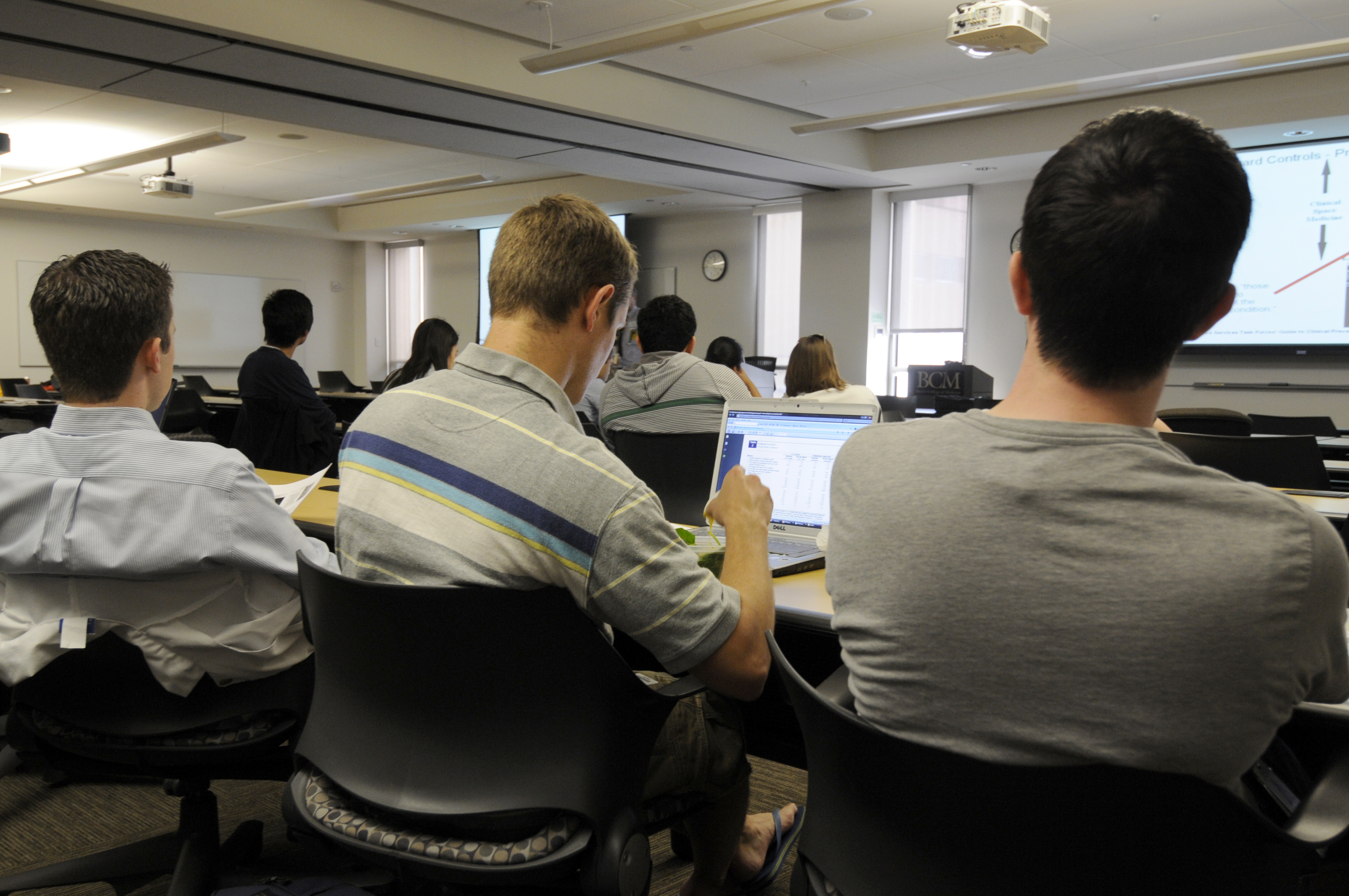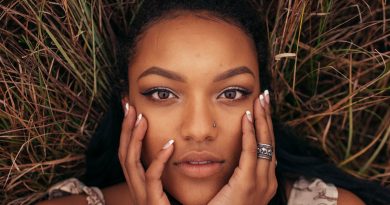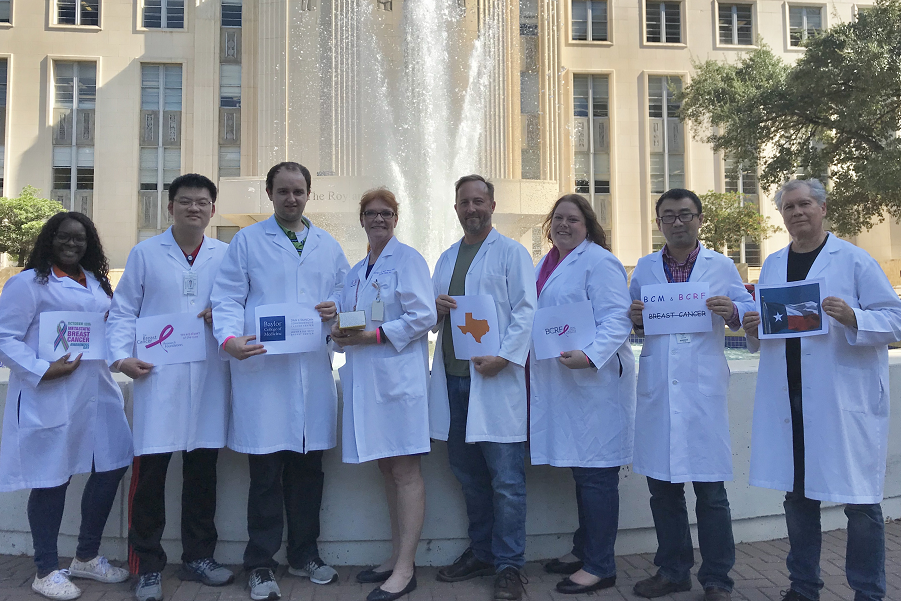Medical students: Renaissance people of biomedical sciences
 “You don’t have to take notes today.”
“You don’t have to take notes today.”
Probably not what you’d expect to hear in your first medical school class. But at Baylor College of Medicine, that’s exactly what our first-year students heard last week.
They had already been through orientation, convocation and had been shown around the Baylor College of Medicine campus. Now it was time to get down to business: the first day of medical school.
Educational building blocks
Dr. Clay Goodman, associate dean of undergraduate medical education and professor of pathology & immunology at Baylor, took to the podium at exactly 8 a.m. on that day and welcomed students to “day one.” Rather than have the students take notes, he said he wanted to “set the stage for what we’re about,” explaining the medical knowledge that students would need to become healers.
To demonstrate this, he started with a video of a young boy who had trouble standing up, asking the class what the potential causes could be for this. After identifying that it was an issue with the boy’s muscles, he went on to explain that muscles were a type of tissue and emphasized the importance of understanding histology, the study of tissues. He showed students a slide of the tissue under the microscope.
Connected practice
“As a physician, you’ll be able to look at this and know it’s abnormal,” he said of the tissue slide.
Goodman went on to explain that histology informs pathology, or the study of the causes and effects of diseases. He explained that tissues are made up of cells and that cells derive their phenotype from differential gene expression.
“As that muscle cell contracts and shortens, can you imagine what’s happening to the cell membrane?” he asked. “Something’s got to give this membrane the ability to tolerate that kind of repeated deformation.”
From there, he went down to the biochemical level of organization, explaining that there were proteins beneath the cell membrane that provide that sort of stability. At this level, they discovered that the patient had a missing dystrophin protein. Goodman explained without this, the muscle cells don’t live as long, causing the patient to become weak and have trouble getting up. The patient could eventually become unable to walk or even breathe.
The next step is understanding where this came from. As a male, the boy has an X and Y chromosome and the only copy of the dystrophin gene comes from the X chromosome.
Build a broad foundation
“As a physician, you have to be able to move across all of these levels. When you’re dealing with a patient, the patient is all one thing. You have to be able to move back and forth and be able to explain to a patient and their family,” he said.
“You will be renaissance people of biomedical sciences. You have to have a lot of knowledge,” Goodman said. “Later, you will take a residency and fellowship, where you will focus, but for now, you need to be broadly educated in biomedical sciences.”
Goodman noted that it doesn’t stop with diagnosing the patient. Physicians must consider the patient’s future siblings who may also get this gene, the strain on the family due to the patient’s health and the society as a whole that the patient lives in.
“We’ve gone from the patient, tissue, cell, molecule gene and back again now to a family who you will be dealing with,” he said. “We’ve moved from an individual person, through the layers of organization back to society – that’s what you do in medicine and that’s why we train you so broadly.”
He noted the importance of those students with backgrounds in social science, economics, liberal arts and biomedical sciences.
“It’s important that we celebrate the intellectual diversity of our students; it’s the only way we can take care of people like this boy,” he said. “That’s what our mission is.”
‘Silent professors’
Goodman explained to the students the importance of learning from their first teachers and patients, donors from the Willed Body Program at Baylor College of Medicine.
Dr. David Rowley, professor of molecular and cellular biology at Baylor, was on hand to introduce his team that will work with the students in their anatomy course. Several members are Baylor alumni.
Rowley explained these ‘silent professors’ offer students one of the most unique honors in learning anatomy.
“Your donor donated their body. That is a very important pact. They want you to learn from all of their biology, anatomy and pathology,” Rowley said.
Read more about how the Willed Body Program works with our anatomy students.
-By Dipali Pathak



